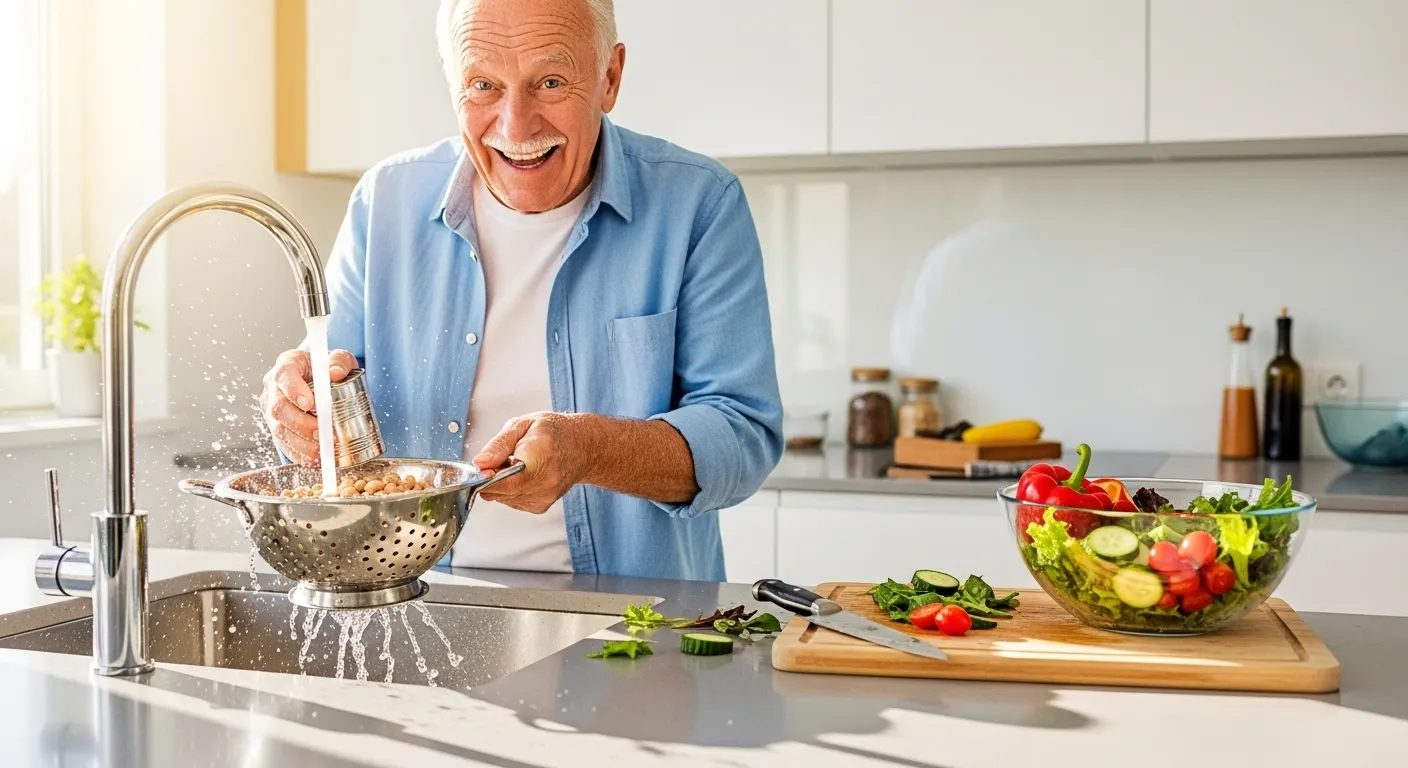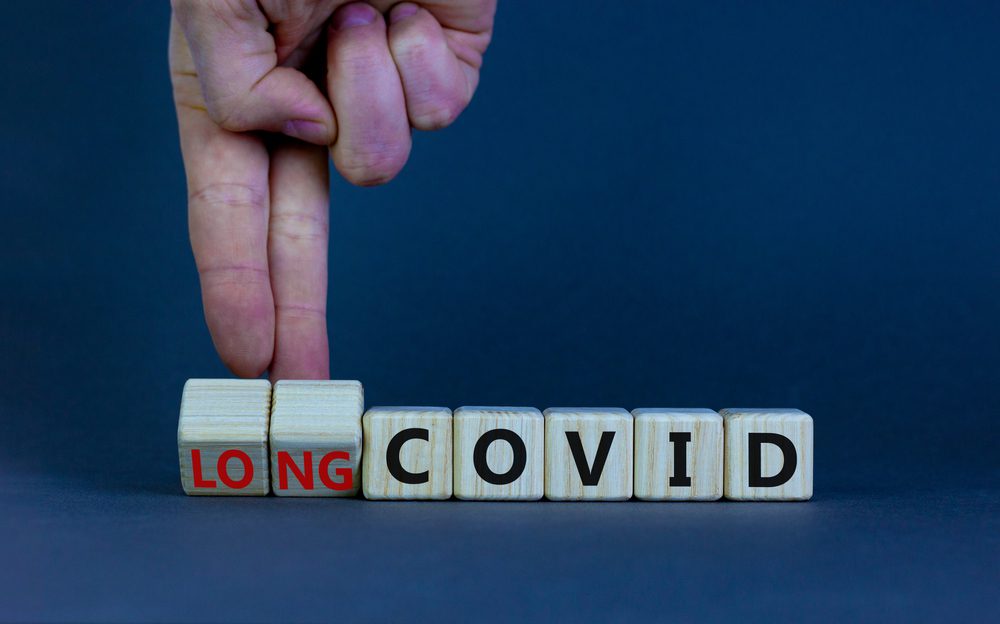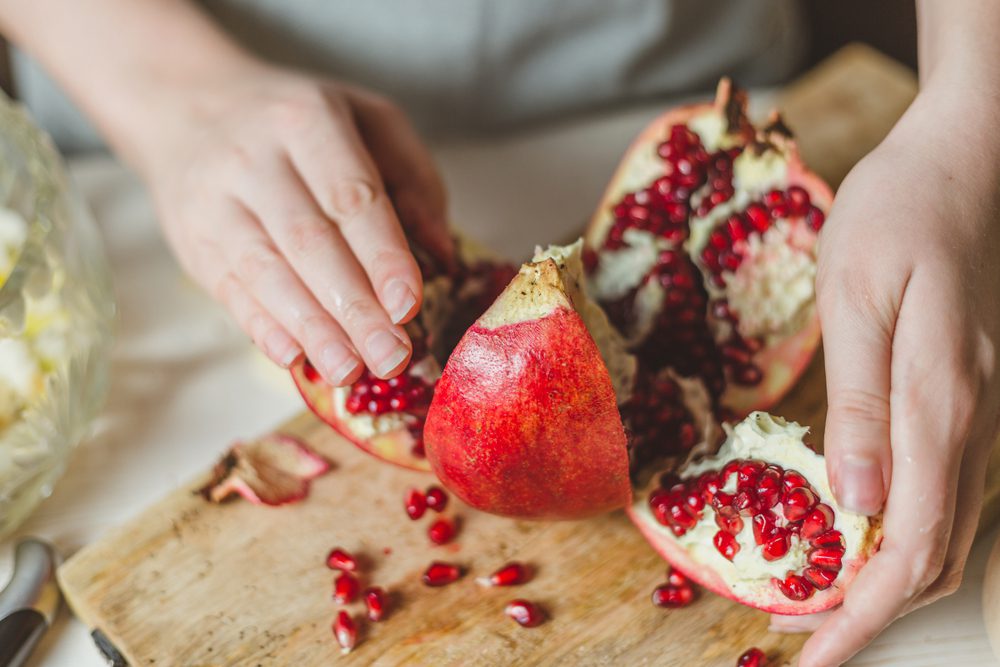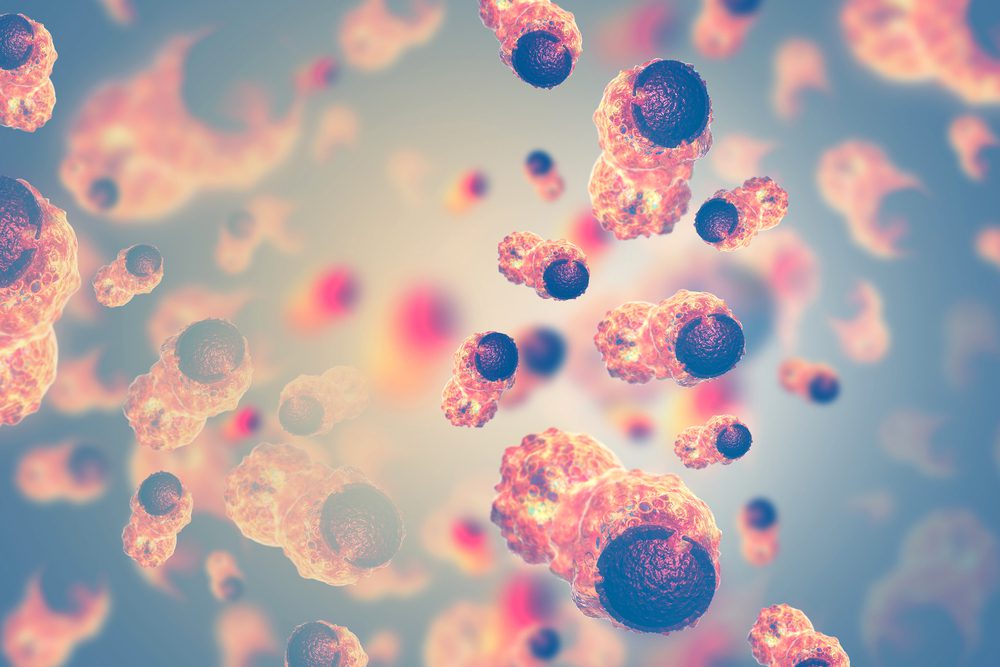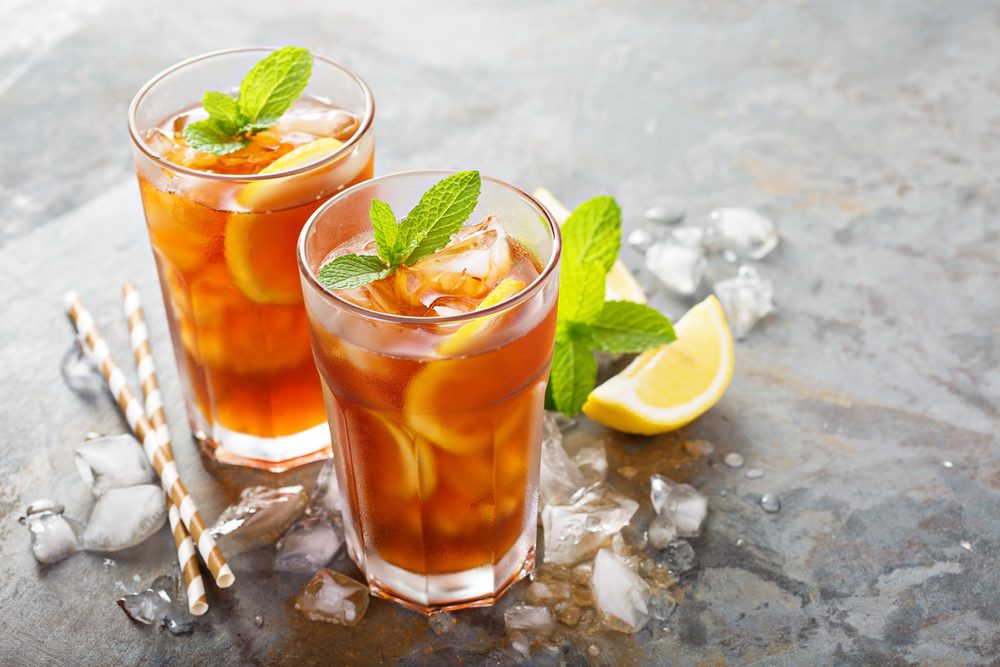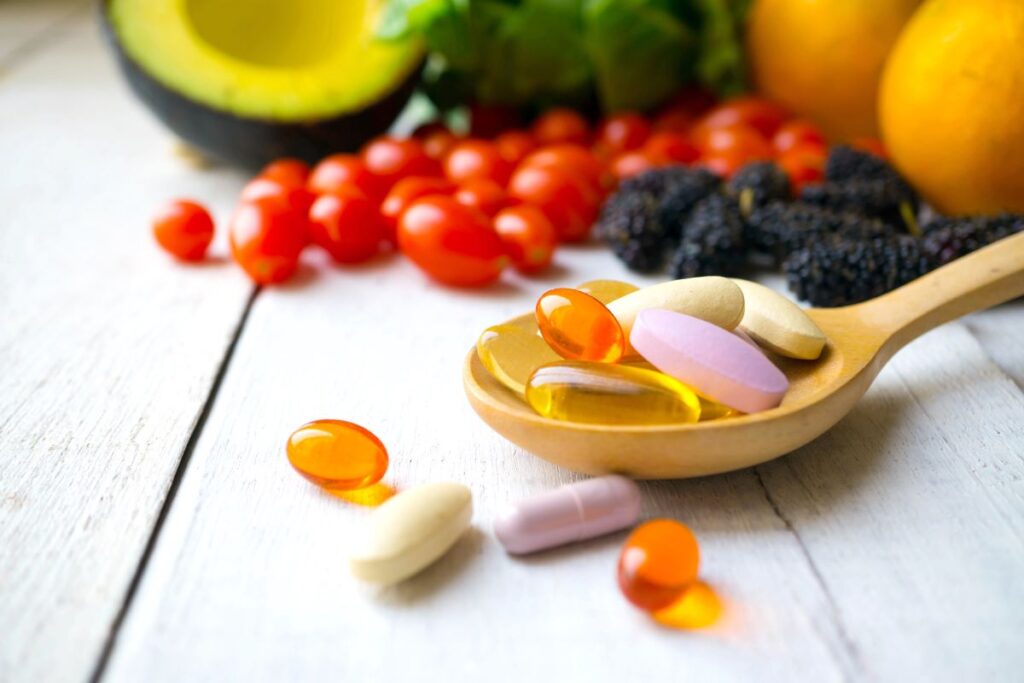2. Slash Your Sodium Intake Sensibly
Why Sodium Matters for Blood Pressure
Think of sodium as a magnet for water. When you consume too much of it, your body holds onto extra fluid. This excess water increases the volume of blood in your bloodstream. Naturally, this puts more pressure on the walls of your blood vessels, forcing your heart to work harder to pump. Over time, this constant strain is a major contributor to hypertension. For older adults, whose blood vessels may already be less flexible, reducing sodium is one of the most direct and effective natural remedies for high blood pressure.
Top 5 Hidden Sodium Culprits to Watch
The salt shaker on your table is often not the main problem. The majority of sodium in our diets comes from processed and restaurant foods. Be a detective and read the labels on these common culprits:
Processed and Canned Foods: Canned soups, vegetables, and beans can be loaded with sodium for preservation. Look for “no salt added” or “low sodium” versions and rinse canned beans and veggies before using.
Deli Meats and Cured Bacon: These are often preserved using large amounts of salt. A single serving can contain a significant portion of your daily recommended sodium limit.
Frozen Dinners: While convenient, many pre-packaged meals rely heavily on sodium for flavor. Check the nutrition facts panel; you might be surprised by the high numbers.
Condiments and Sauces: Ketchup, soy sauce, salad dressings, and bottled marinades can add hundreds of milligrams of sodium to an otherwise healthy meal.
Breads and Rolls: You might not think of bread as salty, but it can be a significant source of sodium, especially if you eat several servings a day.
Signs You’re Cutting Back Successfully
As you reduce your sodium intake, you might notice you feel less bloated. Your blood pressure readings may begin to trend downward. Perhaps the most surprising benefit is that your sense of taste will change. After a few weeks, you’ll start to appreciate the natural flavors of food more, and previously enjoyed salty foods might taste overwhelmingly so.
How to Easily Cut Back
Start by focusing on cooking more meals at home where you control the ingredients. Instead of reaching for salt, experiment with a world of flavor from herbs and spices. Garlic powder (not garlic salt), onion powder, paprika, oregano, black pepper, and fresh lemon juice can all make your food taste amazing without adding a single milligram of sodium.
What to Consider
Remember that “salt” and “sodium” are not exactly the same. Salt is a compound (sodium chloride), while sodium is the mineral that impacts blood pressure. Focus on the “sodium” number on the Nutrition Facts label. The goal for most adults, especially those with hypertension, is to consume less than 1,500 mg of sodium per day, but always follow your doctor’s specific recommendation.

